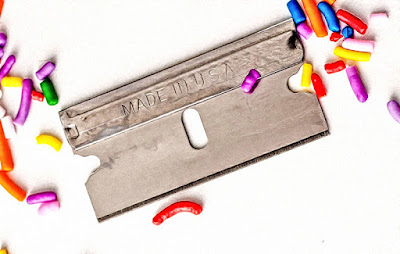Popularity is neither fame nor greatness - William Hazlitt
Popularity is the quality of being well-liked, admired or supported by a number of people. But as we all know many popular people are not well-liked, and many well-liked people are not popular.
Psychologists therefore define two types of popularity which are related but distinct.
- Sociometric popularity:
- is how well-liked an individual is. This is strongly determined by who a person is – their personality and pro-social behaviours – empathy, kindness and helpful attitude towards others.
- Perceived popularity:
- is closer to the commonly understood concept of popularity and is dependent on what a person is – their looks, wealth, possessions. It is related to status within the social group.
Popularity also depends on the existing environment or social group one is currently a part of- a person can be popular among friends but not at work; at work among superiors but not among peers or subordinates.
Why do we crave popularity?
Social beings that we humans are, we need to belong. The desire to be part of a group, to be liked and to have status within it is innate. As children, these needs are mainly fulfilled by the family. In adolescence, we desire to be independent and free of parental control, so we seek belongingness in peer groups. Not all group members are equal, nor perceived equally. There is a hierarchy of interpersonal attraction, determined partly by personality traits (who we are) and a great deal by what we are (good-looking, highly visible, outspoken, having the latest gadgets, good in sports) which in turn determines popularity. Ironically, traits like aggression and dominance often increases status and perceived popularity within a peer group.
Adult outcomes
Sociometric popularity or ‘likability’ often translates to better outcomes in adult life. Their ability to make a person feel valued and included makes for better relationships and makes them good team leaders at work. Those rated high on perceived popularity or ‘status’ are often not liked even as adults and may have a history of poor relationships, anxiety, addictions and aggression.
To be part of a group and to be popular within the group is advantageous. There is acceptance, companionship, security and approval, which in turn increases our own sense of self-worth. However, there is a price to be paid for popularity.
- Popularity brings with it the pressure to conform: to always like, behave and believe in the same things as others in the group.
- Popularity requires pleasing others: when you fail to please you risk becoming unpopular.
- Popularity breeds insincerity: you may have to pretend to be what you are not.
- Popularity is precarious: there is always a chance that you may offend someone.
- Popularity is competitive and is likely to invite jealousy, envy and ill-will.
In today’s world, pursuing status has become a normal activity determined by the number of likes, retweets and followers on social media platforms. This encourages people to voice opinions which gets them more likes or retweets, not what they believe in. Status or popularity becomes more important than friendships, and even more important than integrity and honesty.
It is better to be true to yourself, to feel confident and secure enough to be able to express your own individuality and have your own opinions rather than aim to be popular.
It is also good to remember that popularity is not about friendship. Popularity is more about rank and social status. Friendships are about caring, respecting and valuing others. It is better to be content with a few close friends, companions you can have fun with and to develop the capacity to enjoy your own company.
References
- Speaking of Psychology: Why popularity matters (apa.org)
- Adolescence and the pursuit of popularity. | Psychology Today
- The Dark Side Of Adolescent Popularity -- ScienceDaily





